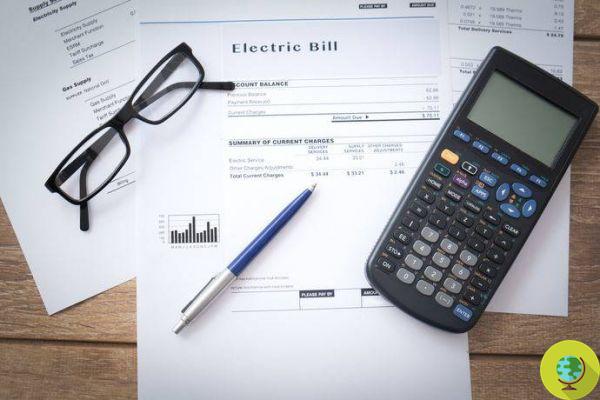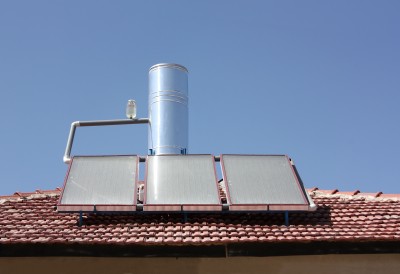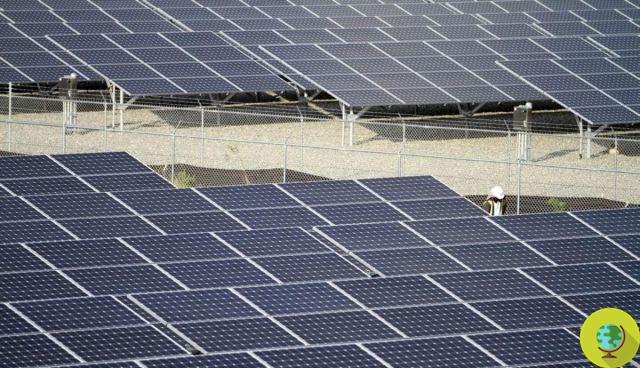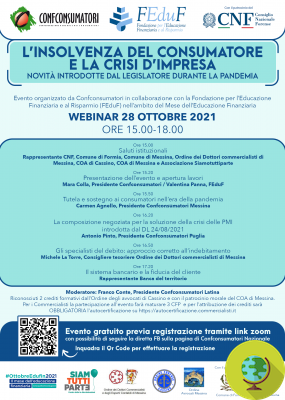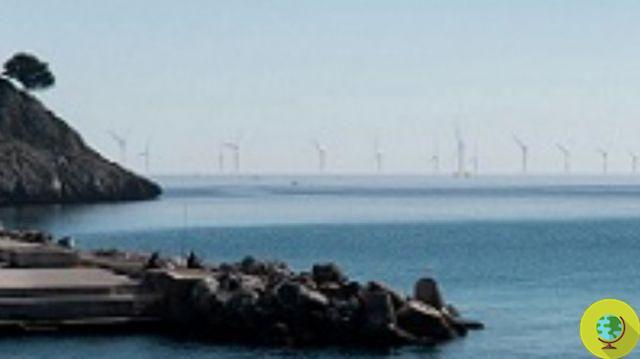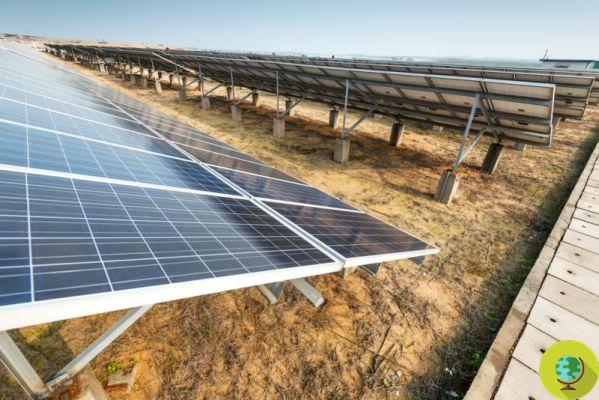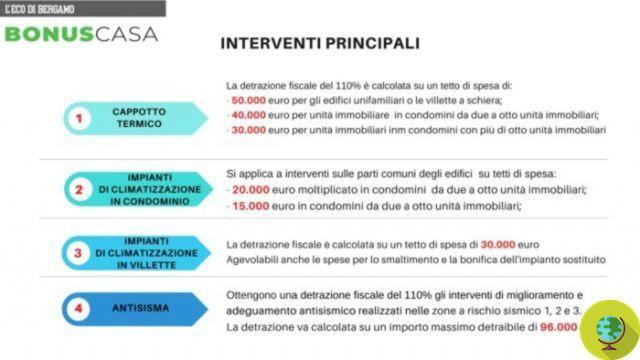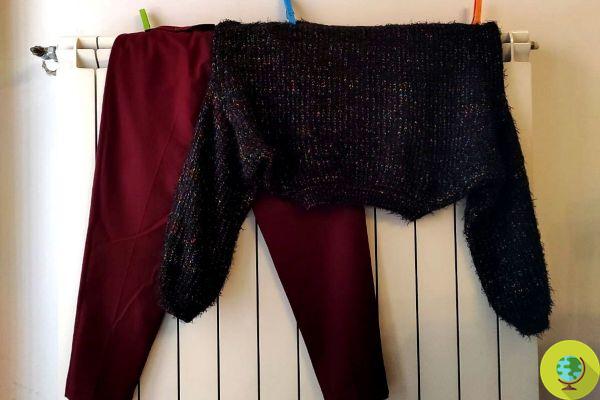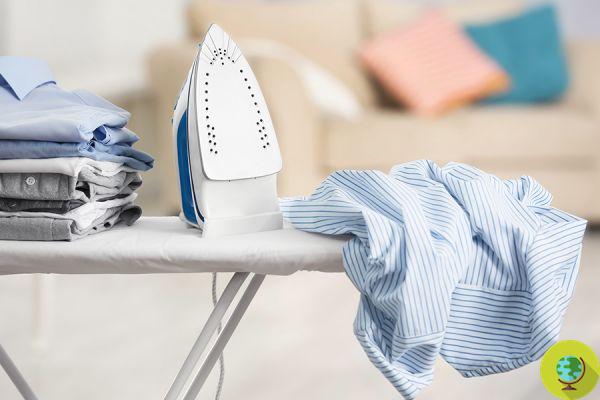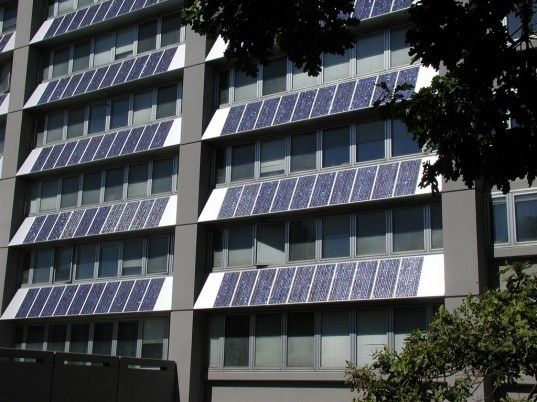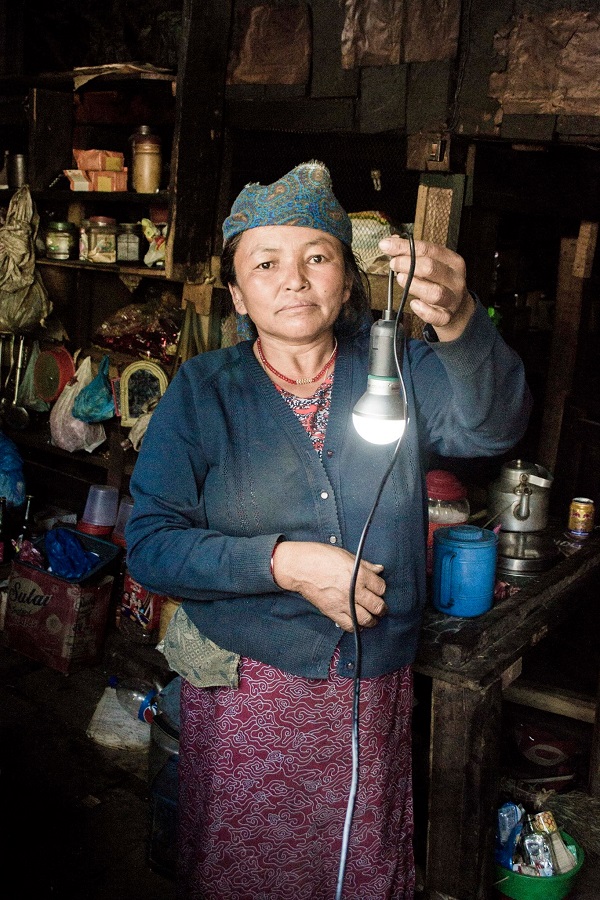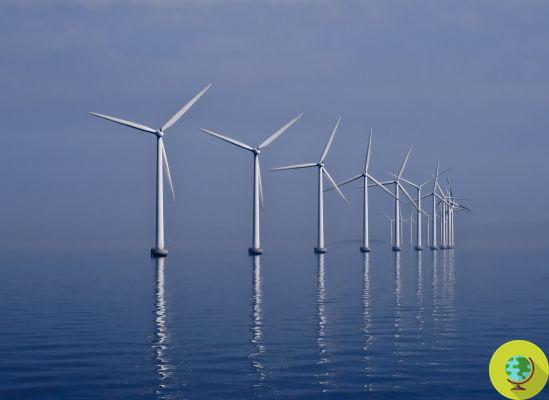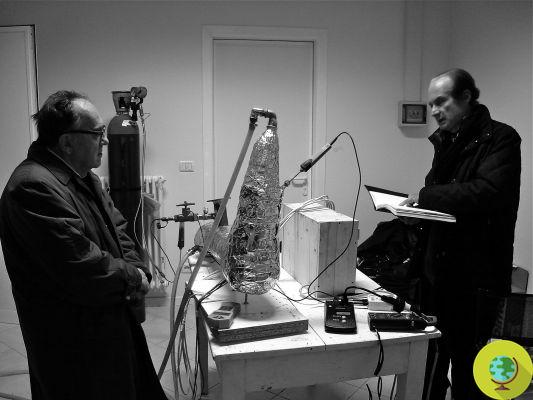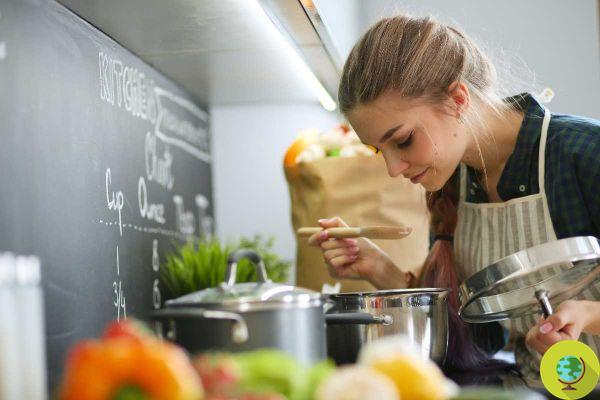
Saving gas and energy in the kitchen is possible, also given the expensive bills that are weighing on our accounts. The good habits to respect while we are in the kitchen, which are good for your pockets and the environment
He is about to end up run over, his mother saves him
Save gas and energy in the kitchen you can, also given the expensive bills that are weighing on our accounts. Our good habits of respect for the environment can and must find space while we are at the stove.
The preparation of food to bring to our tables can in fact take place in such a way dto save gas and electricity through some small tricks that are really simple to put into practice, which will also allow us to gain valuable time and optimize our use of energy resources, making bills lighter.
Here we propose you ten tricks in this regard, waiting to know yours.
Index
Steam cooking
The bunk steaming allows preparation of several dishes using a single stove, whose flame can always be kept low and which can even be extinguished a few minutes before the end of cooking, when enough steam has developed to complete it. Inside the pot you can cook, for example, brown rice or legumes, and reserve the steam cooking for the vegetables to be placed in the baskets.
READ also: Steaming: benefits and tools
Cooking legumes
Among the dried legumes, lentils, chickpeas and peas require less cooking time, for example compared to beans or soy. In order to halve the cooking times of legumes, there are some tricks. For example, you can use the pressure cooker. Another trick is the prolong soaking legumes from the classic 8 hours up to 24 hours, remembering to drain them and replace the water every 8-12 hours. In this way the cooking times will be significantly reduced, as well as the water to be used, which must be equal to double their volume.
The cooking of legumes can also be shortened thanks to the'adding a small piece of kombu seaweed to the pot previously soaked for a few minutes. It is also possible to bring the legumes to a boil in their cooking water, turn off the stove and wait an hour. The legumes will have softened and the cooking times required when restarting the stove will be shorter.
READ also: Dried vegetables: how to use them in the kitchen and beyond
Electric oven
Modern ovens reach the desired temperature in a short time. This is why most of the time it is useless preheat the oven before starting cooking. You will find that the dishes will cook in any case without problems and in the established time, even if the oven has not been preheated. In addition to avoiding preheating, it is good to know how ovens are often able to maintain their own constant temperature even for 20 minutes once turned off. That's why you can turn off the oven 10-20 minutes before cooking, saving energy. When you decide to turn on the oven, it is good use it to cook as many dishes as possible at the same time, in order to optimize time and energy savings.
READ also: How to clean the oven without chemicals
Heat the water
When it is necessary to bring water to a boil for cooking food, it is possible to act in such a way decrease the set timesi in which the pot must remain on the stove. A pot filled with water can be placed near a stove or radiator in winter and under the sun in the summer. Using an energy-saving electric kettle will allow you to bring the water to a boil in a short time and consume less gas.
Cook cold
This is a particularly good option in the preparation of couscous, especially in its summer version. Although the instructions on the packaging require covering the couscous grains with boiling water, it is possible to proceed simply by using cold water. The couscous will soften anyway and will be ready in a short time, without the minimum energy consumption. Also in case you want reheat it in the pan immediately afterwards, the gas used will in any case be less than the classic recipe.
Turn the lights off
Le lights placed above the stove are not most often equipped with energy-saving light bulbs. It is therefore possible to replace them, even if the main rule is not to leave these lights on unnecessarily, perhaps accompanied by other spotlights in the kitchen, just when they do not you are at the stove. To save energy, turn on the lights only when needed.
Cooking the pasta
It is not necessary that the water has started to boil to pour the pasta into the pot. It is possible to act just before the water reaches the boiling point. It is good not to wait too long, once the water boils, in throwing the pasta. If guests or family members are late for dinner, turn off the stove and cover the pot with a lid to keep the water warm. Do not throw thepasta cooking water. Drain the pasta by collecting the water in a bowl, so you can use it to wash the dishes.
READ also: 10 ideas for reusing pasta cooking water
Use the lid
The lid is an important ally while cooking, as it reduces cooking times and saves gas or electricity. So never forget to use the lids, whether you use pots or if you prefer pans for cooking. cooking food. In particular, in case you need to reheat food in a pan, using the lid will make it much faster.
Reheat food
If you know you need to reheat food for lunch or dinner that you have decided to keep in the refrigerator, remember to take it out of it some time before, even one hour in advance, in order to shorten the time required. A trick to reheat food is to place it on a plate to be placed on a pot that is already on the stove. It will take just a few minutes.
Appliances
The use of common kitchen appliances can be reduced rediscovering the use of very simple hand tools. Think for example of the pestle, the grater and the hand-cranked vegetable mill, as well as the coffee grinder, which can be used to chop very small seeds, such as flax seeds, in the preparation of spreads or to season pasta. THE pistachios, pine nuts, almonds, walnuts and other nuts can be chopped more or less finely by wrapping them in a napkin to form a bundle and passing over it with a rolling pin, rather than using the mixer or food processor. Nothing could be simpler and faster. This is a little trick for save electricity, resorting to the always available e free "human" energy.
Follow us on Telegram | Instagram | Facebook | TikTok | Youtube
READ also:
- 10 ideas to reuse water from cooking some pasta
- cooking steam: advantages and tools
- Carcinogenic Teflon? 10 alternatives to common pans and pots ...
- How to cook with the dishwasher
- Cooking while saving: the guide to cooking food in an ecological way




